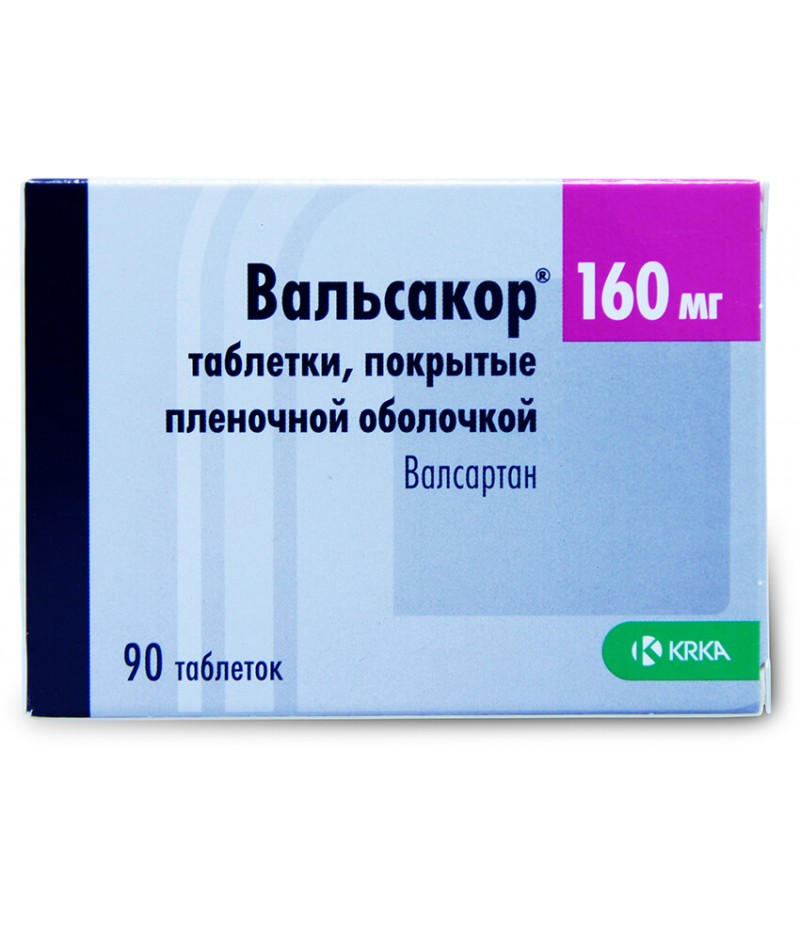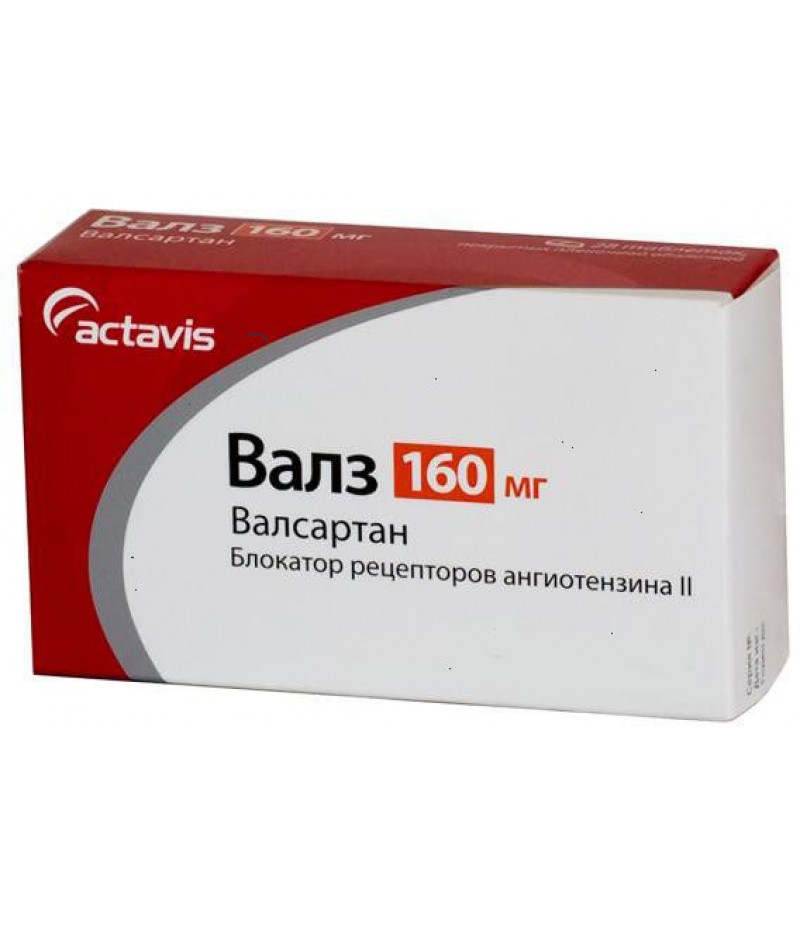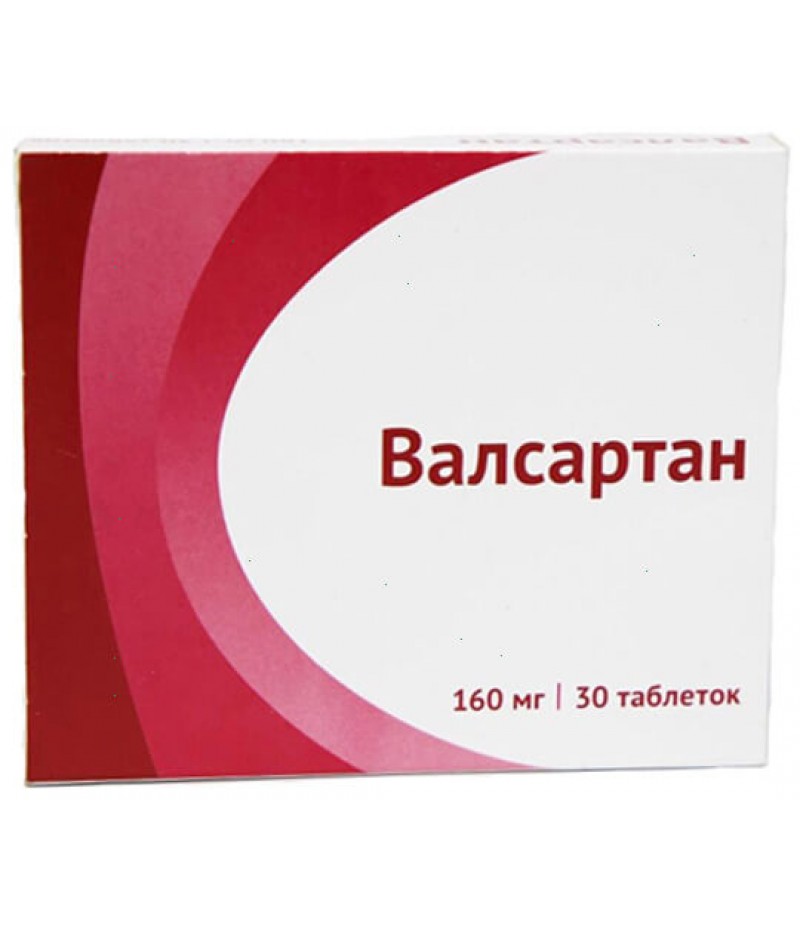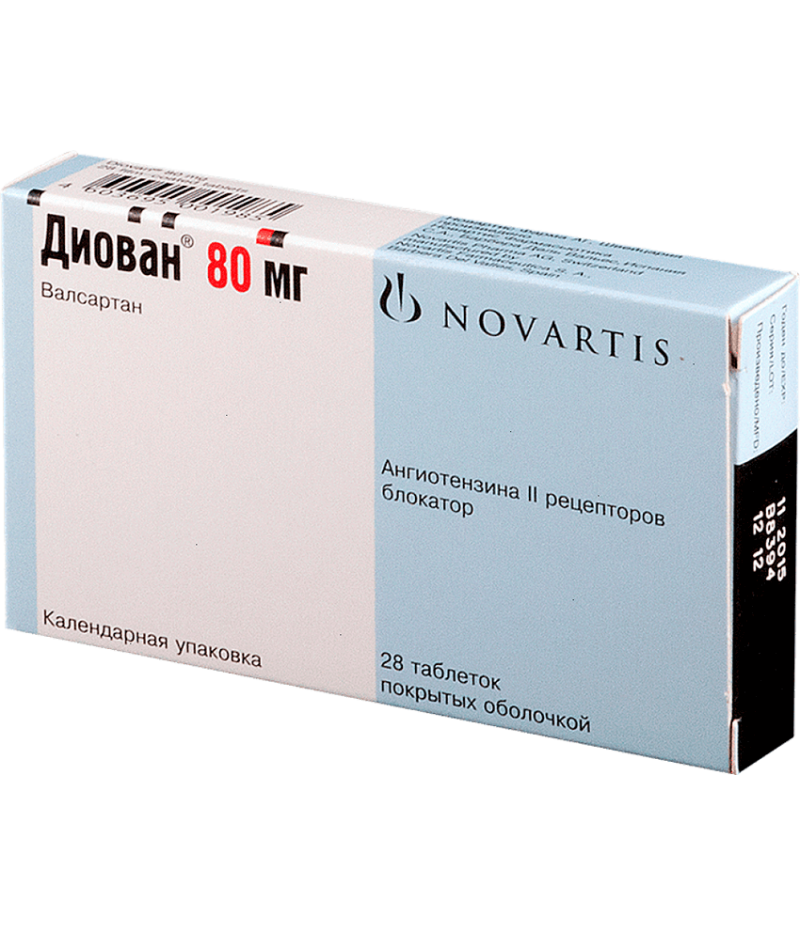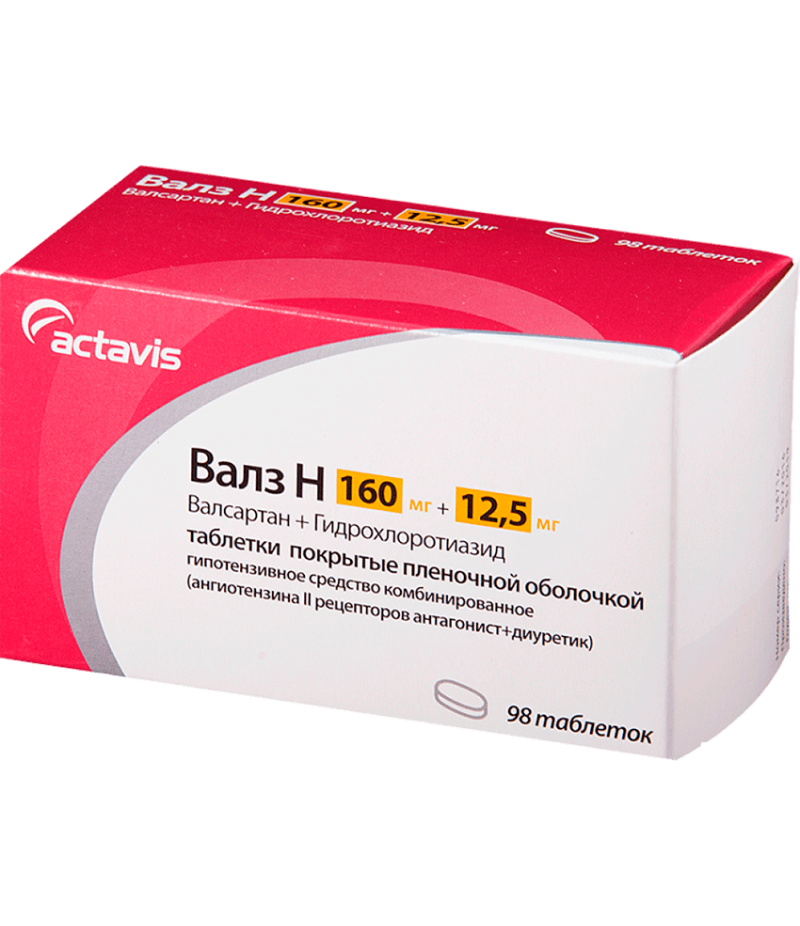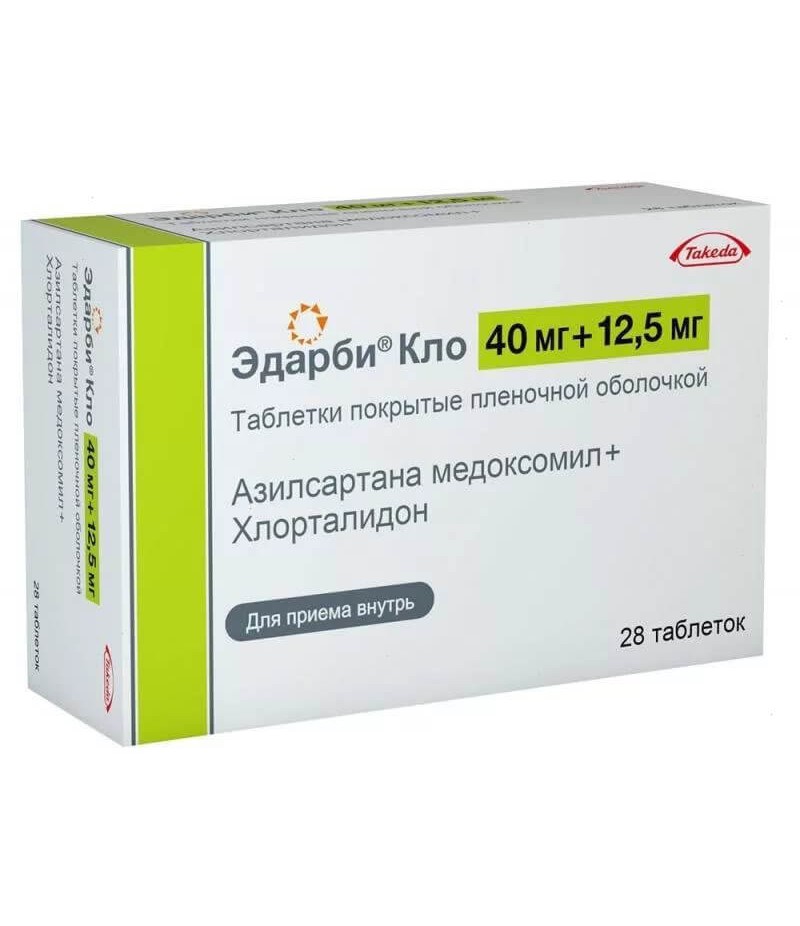Valsacor tabs 160mg #90
- $37.25
- 3 or more $36.50
- Availability:In Stock
Valsacor user manualReed more and buy Valsacor tablets hereCompositionValsacor tablets contain valsartan as an active ingredient, as well as auxiliary components such as lactose monohydrate, povidone, colloidal and anhydrous silic..
Tags: tabs
Valsacor user manual
Reed more and buy Valsacor tablets here
Composition
Valsacor tablets contain valsartan as an active ingredient, as well as auxiliary components such as lactose monohydrate, povidone, colloidal and anhydrous silicon dioxide, MCC, croscarmellose sodium, magnesium stearate.
The film membrane of the preparation includes such components as iron dye oxide red, macrogol 4000, titanium dioxide, hypromellose. In tablets of 160 mg, there is also a ferric oxide yellow oxide.
Valsacor H 80, H 160 and ND 160 contain active ingredients such as valsartan and hydrochlorothiazide, as well as the following additional components: colloidal and anhydrous silicon dioxide, MCC, povidone, magnesium stearate, croscarmellose sodium, lactose monohydrate.
As a part of the film shell of these tablets there is titanium dioxide, iron dye yellow oxide, hypromellose, iron oxide red oxide, macrogol 4000,.
Form of issue
The medicine is available in the form of tablets, which are coated with a film (film).
pharmachologic effect
Valsacor has an antihypertensive effect.
Valsacor H80, H160 and ND160 are hypertensive agents.
Pharmacodynamics and pharmacokinetics
Valsacor affects the receptors of angiotensin II. The active substance of the drug is an antagonist of the AT1 receptors, because of this, the AT2 receptors are stimulated. The drug has an antihypertensive effect, normalizes systolic pressure, reduces peripheral vascular resistance and improves cardiac output.
This medicine does not affect the heart rate and normalizes the health of people with heart failure. It reduces the severity of dyspnea, respiratory noise and edema.
Valsacor H160, H80 and ND160 also contain an active component such as hydrochlorothiazide. It helps to improve the therapeutic effect of valsartan and reduces the risk of side effects.
Hydrochlorothiazide is a diuretic, which belongs to the group of thiazides. It has hypotensive activity, increases the excretion of sodium, potassium, and also chlorine and water. After a single use of this remedy, the effect can last for a day. After 2 weeks from the beginning of the course, the development of an antihypertensive effect is observed, the maximum of which can be achieved at 4-5 weeks of treatment.
Active substances are absorbed in the digestive tract. About 60% of hydrochlorothiazide interacts with plasma albumins, the degree of valsartan binding is higher. It is quickly absorbed after application and is excreted through the intestines and kidneys.
The average bioavailability of valsartan is about 23%. The maximum decrease in blood pressure can be observed after 4 hours.
When combined with valsartan, the bioavailability of hydrochlorothiazide is reduced by approximately 30%. However, hydrochlorothiazide has no significant effect on the kinetics of valsartan. The effectiveness of complex application does not decrease from this. The elimination half-life is 9 hours.
Indications for use
Valsacor is prescribed for:
treatment of clinically stable patients with symptomatic cardiovascular failure or asymptomatic left ventricular dysfunction after a previous myocardial infarction;
chronic heart failure of II-IV class without the use of ACE inhibitors;
arterial hypertension.
Drugs with hydrochlorothiazide are used in arterial hypertension as part of combination therapy.
Contraindications
Valsacor, as well as drugs with hydrochlorothiazide should not be taken by those who have hypersensitivity to the components of the drugs. In addition, they are contraindicated in pregnancy, lactation and in childhood.
Dosage of valsartan should be monitored if the patient has suffered a heart attack or has heart failure before. With caution, the drug is taken in the presence of stenosis of the renal artery.
In addition, drugs with hydrochlorothiazide should not be used in cases of severe liver disease, kidney transplantation, kidney transplant, functional kidney dependence from the renin-angiotensin-aldosterone system, anuria, the need for hemodialysis, renal artery stenosis, problems with electrolyte balance, symptoms of hyperuricemia, refractory hypokalemia.
They are also cautiously prescribed to those who have lupus erythematosus, aortic stenosis, obstructive hypertrophic cardiomyopathy, problems with water-electrolyte balance, stenosis of the mitral valve. Persons who drive cars or work with complex and potentially dangerous mechanisms must also take these drugs with caution.
Side effects
Valsacor has the following undesirable manifestations:
From the CCC: heart failure, excessive reduction in blood pressure, orthostatic hypotension.
From the musculoskeletal system: pain in the back, arthralgia, myalgia.
On the part of the reproductive system: decreased libido.
From the nervous system: faint, headache, insomnia, dizziness, vertigo.
On the part of the respiratory system: cough, sinusitis, pharyngitis, infections of the respiratory tract, rhinitis.
From the digestive system: diarrhea, nausea, pain in the abdomen.
Other: hyperkalemia, asthenia, general weakness, swelling, increased fatigue.
In rare cases, there is a disruption of the kidneys, a decrease in the concentration of hematocrit and hemoglobin, hyperbilirubinemia, thrombocytopenia, increased serum urea nitrogen, neutropenia, hypercreatininemia, increased activity of hepatic transaminases, rash, angioedema, itching.
Drugs with hydrochlorothiazide in addition to the above listed can have the following side effects: chest pain, pneumonitis, vasculitis, agranulocytosis, water-electrolyte balance disorder, leukopenia, urticaria, exacerbation of skin manifestations SLE, blunting appetite, toxic epidermal necrolysis, vomiting, decreased potency, arrhythmia , photosensitivity, constipation, bone marrow suppression, paresthesia, intrahepatic cholestasis, jaundice, depression, visual impairment, lupus-like syndrome, pancreatitis, hemolytic anemia, from ek lung.
Instructions for use Valsacor
The drug is taken orally up to 2 times a day. For those who are prescribed Valsacor tablets, the instruction provides for the following doses:
with arterial hypertension, the recommended dosage is 80 mg during the day. Possible combination with other antihypertensive drugs;
after an acute myocardial infarction the agent is taken within 12 hours. The initial dosage is 20 mg 2 times a day, after which it gradually increases to 40-160 mg 2 times a day. The maximum dosage can be taken only after 3 months of admission;
in chronic heart failure recommend an initial dosage of 40 mg 2 times a day. You can gradually increase the dose to 80 mg or even 160 mg 2 times a day with good tolerability of the drug. Thus, the maximum daily dosage will be 320 mg, which are divided into two doses.
If symptoms of kidney failure or arterial hypotension occur, dosage should be reduced.
Drugs with hydrochlorothiazide are also designed for internal use once a day.
Instructions for use Valsacor H 80 and H 160 recommends starting with a minimum dosage.
For those who have not reached the target level of AD with monotherapy with valsartan or hydrochlorothiazide, these drugs are prescribed separately in doses of 80 / 12.5 g and 160 / 12.5 mg, respectively. If necessary, they can be increased to a maximum daily dose - 1 tablet of Valsacor H 160 or 2 tablets of Valsacor H 80. And the recommended dose of Valsacor ND160 in this case is 160/25 mg.
Overdose
So far, cases of overdose with these drugs have not been recorded.
It is known that valsartan at elevated doses can lead to a sharp decrease in blood pressure with adverse consequences (impaired consciousness, shock, etc.).
Hydrochlorothiazide with an overdose can lead to lethargy, electrolyte balance disorders, hypovolemia.
As a treatment with a small degree of side effects, enterosorbents are used, as well as symptomatic therapy. Correction of severe arterial hypotension is carried out through the internal administration of sodium chloride (0.9% solution).
Interaction
Clinically significant interaction of Valsacor with other drugs has not been observed.
It is known, however, that the combination of this drug with potassium-sparing diuretics and nutritional supplements that have potassium in it can cause hyperkalemia. So the dosage of the drug should be strictly controlled. Perhaps more pronounced manifestation of the hypotensive effect.
In turn, drugs with hydrochlorothiazide increase the neurotoxicity of salicylates, side effects of cardiac glycosides, the effectiveness of curare-like muscle relaxants, as well as cardiotoxic and neurotoxic effects of agents with lithium.
These medicines also reduce the effect of oral hypoglycemic and anti-gout drugs, norepinephrine and epinephrine. They reduce the excretion of cytotoxic drugs by the kidneys and lead to the activation of their myelosuppressive action.
In addition, these drugs interfere with the excretion of quinidine, increase the likelihood of an allergy to Allopurinol.
The hypotensive effect of Valsacor H160, H80 and ND160 increases vasodilators, barbiturates, tricyclic antidepressants, beta adrenoblockers, phenothiazines and ethanol. And drugs that are characterized by a good degree of connection with blood proteins, increase the diuretic effect.
In combination with methyldopa, the appearance of hemolysis is possible, and when combined with Kolestyramin, absorption decreases.
Terms of sale
To buy Valsacor you don't need a prescription.
Storage conditions
Medicines must be stored in the package. The temperature does not exceed 25 ° C.
Shelf life is 3 years. In turn, store drugs with hydrochlorothiazide should not be longer than 2 years.
Reviews about Valsacor
Reviews about Valsacor indicate that very often when taking this drug there are side effects. Often when it is used, severe headaches occur. In some patients, adverse effects may be worse. However, side effects do not appear at all, so many prefer this tool to its more expensive counterparts.
Reviews about Valsacor N 80, H 160 and ND 160 also report the appearance of some side effects in patients. Nevertheless, the effectiveness of these funds is beyond question.

